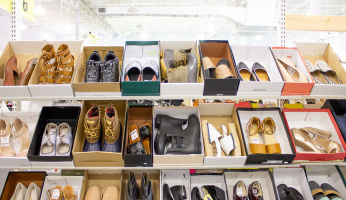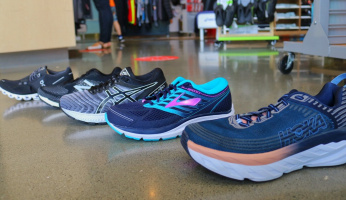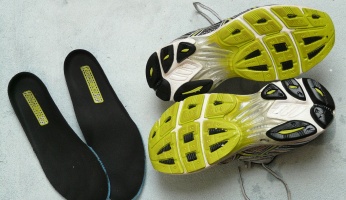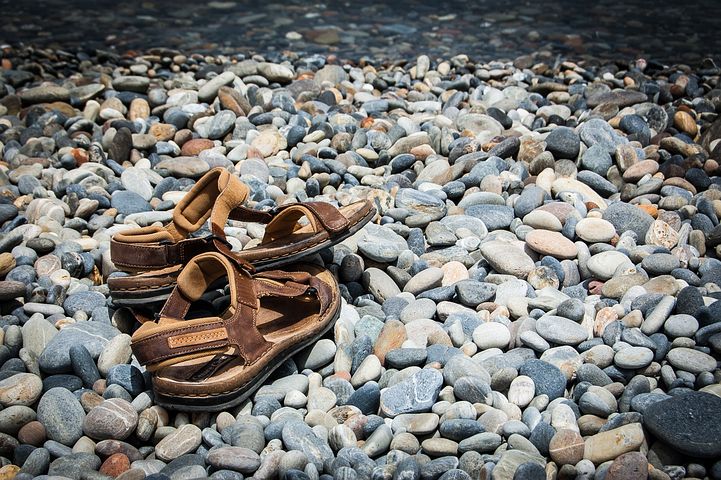What is the Difference Between Diabetic Shoes & Regular Shoes?
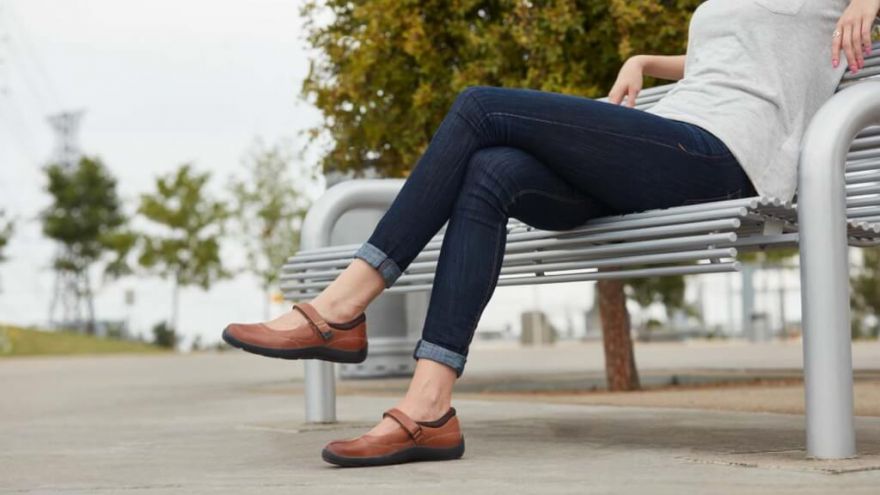 What is the Difference Between Diabetic Shoes & Regular Shoes? www.walkjogrun.net
What is the Difference Between Diabetic Shoes & Regular Shoes? www.walkjogrun.net When someone has diabetes mellitus, as the disease advances, they may have to change the type of shoes they wear to diabetic shoes.
The benefits of diabetic shoes are:
- Reduce shock and stress on the feet to help prevent blisters/calluses and trauma
- Provide stability and accommodation for amputations and foot deformities
- Relieve pain and inflammation by limiting the motion of the joints
- Alleviate areas with high-pressure points
This switch can be a result of several different complications, such as peripheral neuropathy (nerve damage to sensing pain and temperature), autonomic neuropathy (decreased sweating), visual impairment, and peripheral artery disease (reduced blood flow to the feet).
What is the difference between regular and diabetic shoes?
The difference between regular shoes and diabetic shoes is that normal shoes are manufactured for mass use. Mass production of shoes limits the variety in the design and shape between different individuals.
The anatomy of each person’s foot is not taken into account and can lead to foot problems such as foot pain, foot deformities, and damage to the skin on your feet.
What makes diabetic shoes different is that they are prescribed by the doctor and can be specifically tailored to an individual’s feet.
And someone with diabetes mellitus needs to have special accommodations due to their increased susceptibility to:
- Foot ulcerations
- Decreased sensation
- Longer healing time
All of which can increase the chances of foot deformities and amputation.
What is the advantage of diabetic shoes?
As stated earlier, the advantage of diabetic shoes is that they:
- Prevent skin breakdown
- Provide stability
- Alleviate pressure points
- Relieve pain and inflammation
- Are covered by insurance
- Reduce shock and stress
- Accommodate foot deformities and amputations
Preventing skin breakdown is very important for people living with diabetes. When there is damage to a person with diabetes skin, having a form of diabetic neuropathy or peripheral arterial disease and a possible visual impairment may increase their risk of sensing pain, healing, and seeing an injury. These challenges can lead to diabetic foot ulcerations.
An individual with diabetes has around a 2% chance of having a skin breakdown in a year. Neuropathy increases that chance to 7.5%. And a history of previous ulceration increases that chance to 40% per year.
Are diabetic shoes effective?
Well, of course! Diabetic footwear is effective at protecting your feet and helping to prevent skin damage while providing support.
Diabetic shoes, although it is not always needed, can be customized using a mold or cast of your foot to fit you perfectly.
They also have a deeper sole of around ¼ to ½ inches (0.6 to 1.3 cm) to accommodate the extra space needed for orthotics, inserts and foot deformities.
Why can’t people with diabetes wear sandals?
If you have diabetes, you should not wear sandals that your Podiatrist does not recommend because wearing sandals puts you at an increased risk for skin tears.
The straps of flip flops and other open-toe shoes can easily get dirt and small rocks in them and result in minor cuts in the skin. The straps of these shoes can also cause blisters and bunions from rubbing.
But, this does not mean you cannot wear cute, stylish shoes sometimes. You will want to make sure the shoes are comfortable and adequately fits your feet.
Are tight shoes bad for people with diabetes?
For many reasons, people with diabetes should NOT wear tight shoes.
When you go shopping for shoes, be sure that there is at least a thumbs width of space between your longest toe and the end of the shoe.
Take the insole out and stand on it; if your foot overlaps the insole, the shoe is too narrow for your foot and you need more space in the toe box. Walk around in the shoes and make sure no pressure points are rubbing on any areas of your feet or are too tight.
The importance of foot checks
If you are living with diabetes, protecting your skin is very important. And being aware of your skin’s health is just as vitally important. Doing a foot check every evening and wearing thick white socks will help you detect any injuries to your feet before they become a problem.
Also, be sure to keep your feet dry, moisturized, and never walk around outside without shoes.
If you notice that you have an injury on your foot and it is not healing, please follow up with your Primary Care Provider or Podiatrist.
Sources
- , Diagnosis and Management of Diabetic Foot Complications. American Diabetes Association, Scientific Article
- , Incorrectly fitted footwear, foot pain and foot disorders: a systematic search and narrative review of the literature, Scientific Article
- , Shoes and Diabetes: What's on Your Feet Matters, Medical Website
- , Custom Shoes For Diabetics, Foot Care Org





